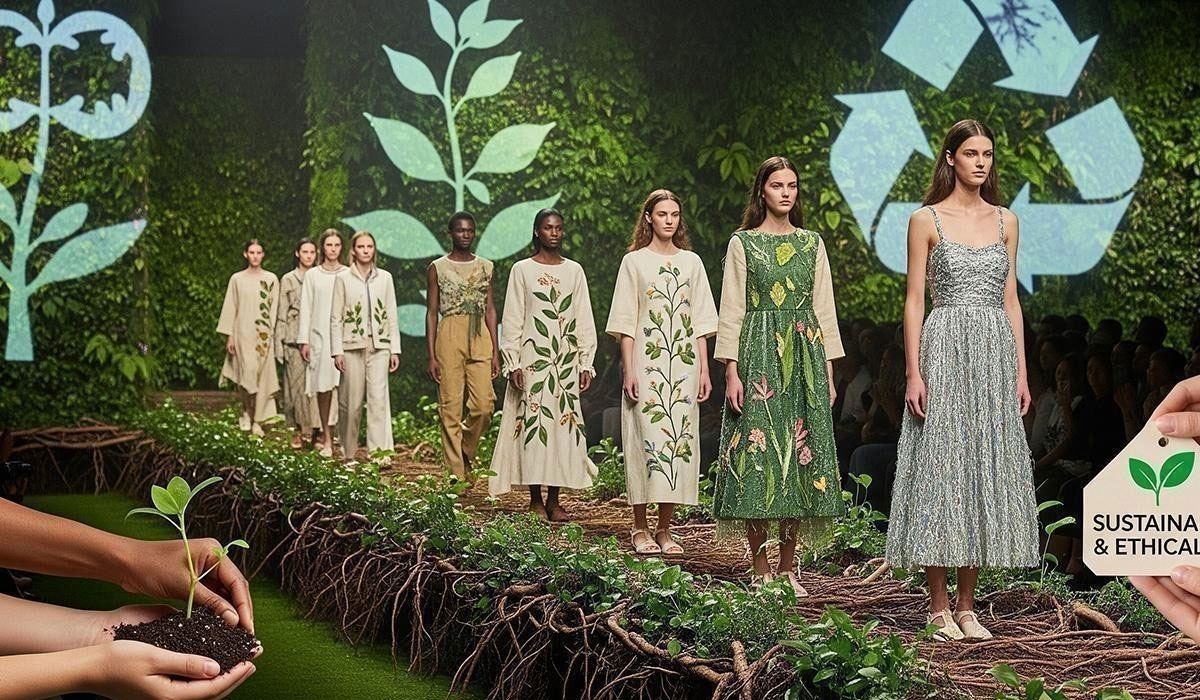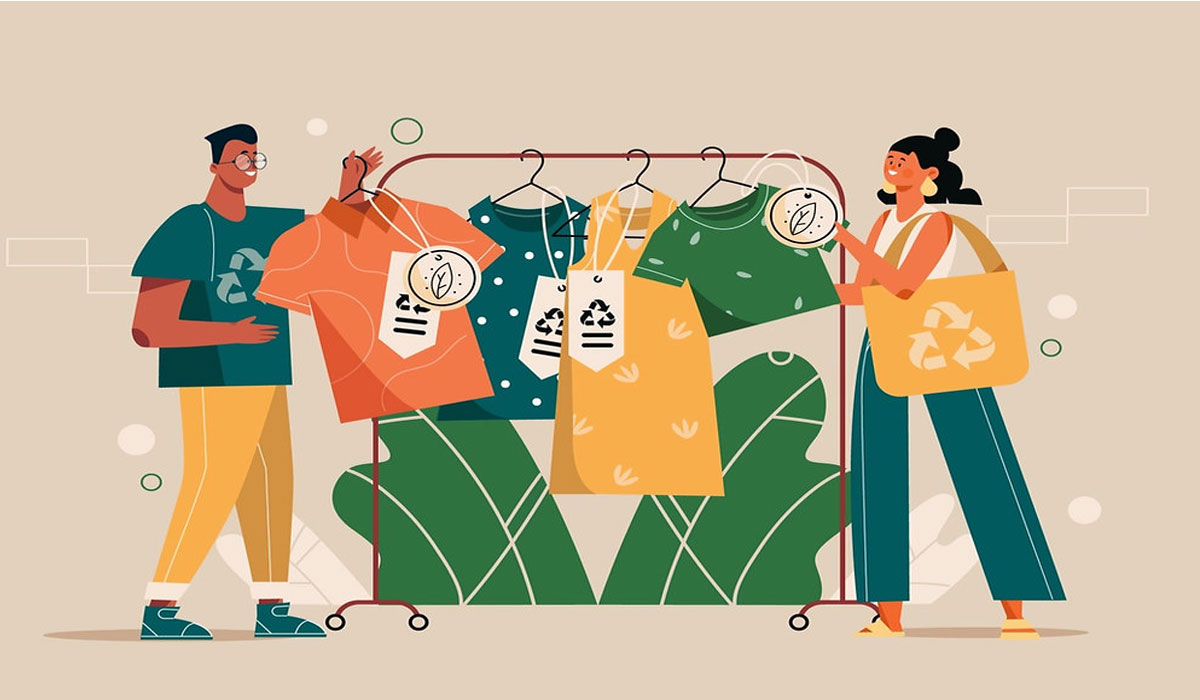Sustainable Fashion: Trends for a Greener Future
Sustainable fashion promotes eco-friendly materials, ethical production, and conscious consumer choices, shaping a greener, more responsible future for style.

From excessive water usage and chemical pollution to labor exploitation, fast fashion has long been associated with negative consequences. However, a shift is underway. In this THE LUXURY OF A HOME, we’ll explore essential sustainable fashion tips everyone should know, from choosing eco-friendly materials to adopting mindful wardrobe habits for a greener, stylish future.
The Rise of Sustainable Fashion Trends
In recent years, sustainable fashion has moved from a niche concept to a global movement. As consumers become more aware of environmental issues, the fashion industry faces increasing pressure to reduce its carbon footprint. From fast fashion to high-end brands, companies are now exploring ways to implement eco-friendly practices.
Sustainable fashion focuses on producing clothing and accessories that minimize harm to the environment, promote ethical labor practices, and encourage conscious consumer choices. Materials such as organic cotton, recycled fabrics, and plant-based textiles are now replacing conventional resources that are harmful to ecosystems.
Key Trends Shaping Green Fashion
Several key trends are driving the growth of sustainable fashion today. First, upcycling and recycling have gained popularity, allowing designers to transform old garments into new, stylish pieces. Second, slow fashion promotes quality over quantity, encouraging consumers to invest in durable clothing that lasts longer.
Third, technology-driven innovations like bio-fabricated leather and waterless dyeing techniques are revolutionizing how garments are produced. Additionally, transparency has become crucial many brands now provide detailed supply chain information to assure customers of ethical and environmentally friendly practices.
Also Read: Delivering a Premium Lifestyle in a Magnificent Home
The Role of Consumers in Green Fashion

Consumers play a critical role in the success of sustainable fashion. By making mindful choices, individuals can significantly reduce the demand for fast fashion, which is often associated with pollution and exploitative labor.
Simple actions like buying second-hand clothing, supporting local designers, and properly caring for garments can extend the life of apparel and reduce waste. Social media has also empowered consumers to share eco-friendly practices and hold brands accountable for unsustainable practices, further pushing the industry toward greener solutions.
Challenges and Opportunities Ahead
Despite growing awareness, sustainable fashion still faces challenges. Higher production costs, limited availability of eco-friendly materials, and consumer skepticism can slow adoption. However, these challenges also present opportunities. Brands that innovate and embrace transparency can gain loyal customers and reshape industry standards.
Governments and organizations worldwide are beginning to support green initiatives through regulations, certifications, and funding, making it easier for sustainable fashion to thrive. The future of fashion depends on collaboration between designers, consumers, and policymakers to create a truly eco-conscious industry.
Conclusion
Sustainable fashion is no longer just a trend it is a necessary evolution for a greener future. By embracing eco-friendly materials, ethical practices, and conscious consumption, the fashion industry can reduce its environmental impact while inspiring a new generation of responsible consumers. The journey toward sustainable fashion is ongoing, but with innovation, awareness, and collaboration, a more sustainable, stylish future is within reach.
Image Information Source:
- First Image : dxbnewsnetwork.com
- Second Image : virtueimpact.com